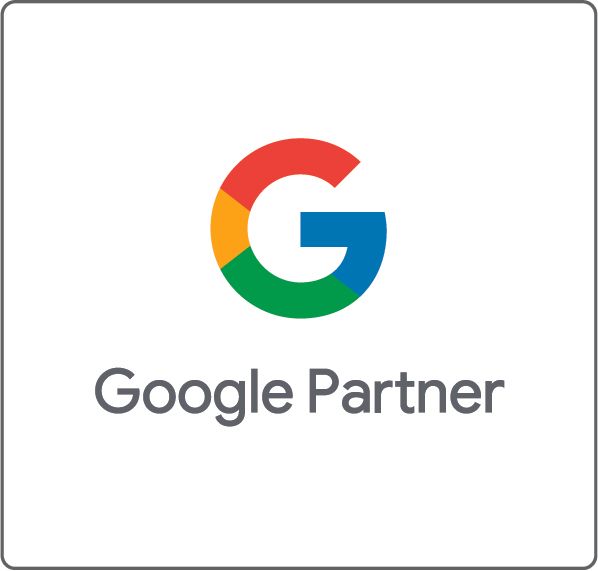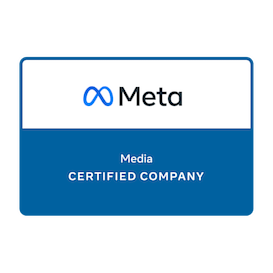Data, Data, and Big Data by: Poorna Chanubala
The weekends usually means its time to do my chores. My chores consists of me turning on my iRobot Roomba Vacuum and doing my laundry. While doing these activities I began to think about how much technology and data I consume during these normal routines. I was also curious how much of a digital footprint I am leaving on a daily basis, and how this data is being used, whether for good or bad. So, I became a little curious and turned to my phone for a google search. Here is what I found, on a daily basis we (collectively) produce 2.5 quintillion bytes of data, wow! Did you guys ever think about how much data we use?
Some more stats that I found on my search is the rise in numbers of internet users and the data being consumed. Internet users around the world has increased from less than 1% in 1995 to a 40% in 2016, which is about 3.4 billion people. This can be seen through Internet Live Stats.
The study also found that a staggering 90% of data has been created in recent years. With so much data available it is evident that our lives will impact and change continuously (the way we live, shop and interact.) This data can be seen in the graph. So, let us see how the rise of new data can have a positive impact on our lives. For example, the wearable tech on our wrist tracks our health, calories burnt, dietary habits, glucose levels, and blood pressure through connected heath apps on our mobile phones.
Big data has changed the way we shop online, most of our purchases are now based on customer reviews, product reviews and price comparisons. It also helps us save money on food bills, travel, and gas with coupons/discounts, promotions, and loyalty card schemes.
Let me walk you through my Saturday experience. It all started with a Google Calendar reminder at 4:30pm for a graduation party at 5. Along with it came a traffic report, weather conditions and a Google Maps estimate of how long it would take me to reach the party destination. Before heading to the party, I did a google search to help me find ideas for a party gift. Based on user reviews/suggestions I decided on an Amazon Gift card, along with a Hallmark greeting card. Immediately, my mobile phone showed me the nearest store (Market 32) and I was able to pick up everything there on my way to the party. At the checkout, I was alerted to use my AdvantEdge mobile app. Which allows me to save on gas and use my cash back credit card to save on my purchases. Finally set for the party, I used WhatsApp (Messaging app) to notify my friends that I was on my way. Instantly I received responses of the other party goers. All of these interactions taking place on various social channels is a huge element of big data and is rapidly growing. Pretty amazing, Right?
With advanced technologies like Internet of Things(IOT), everything is connected and tracked. Pretty Scary! In conclusion, big data is going to stay and continuously grow. The data journey has just begun, my philosophy is simple, be cautious in your usage like the famous saying “you cannot control the wind but you can control your sails” – What do you think?
Never miss an update from “The Shoppe,” sign up for our email list today!
Subscribe
Sign up with your email address to receive news and updates.
Subscribe
We respect your privacy.
















